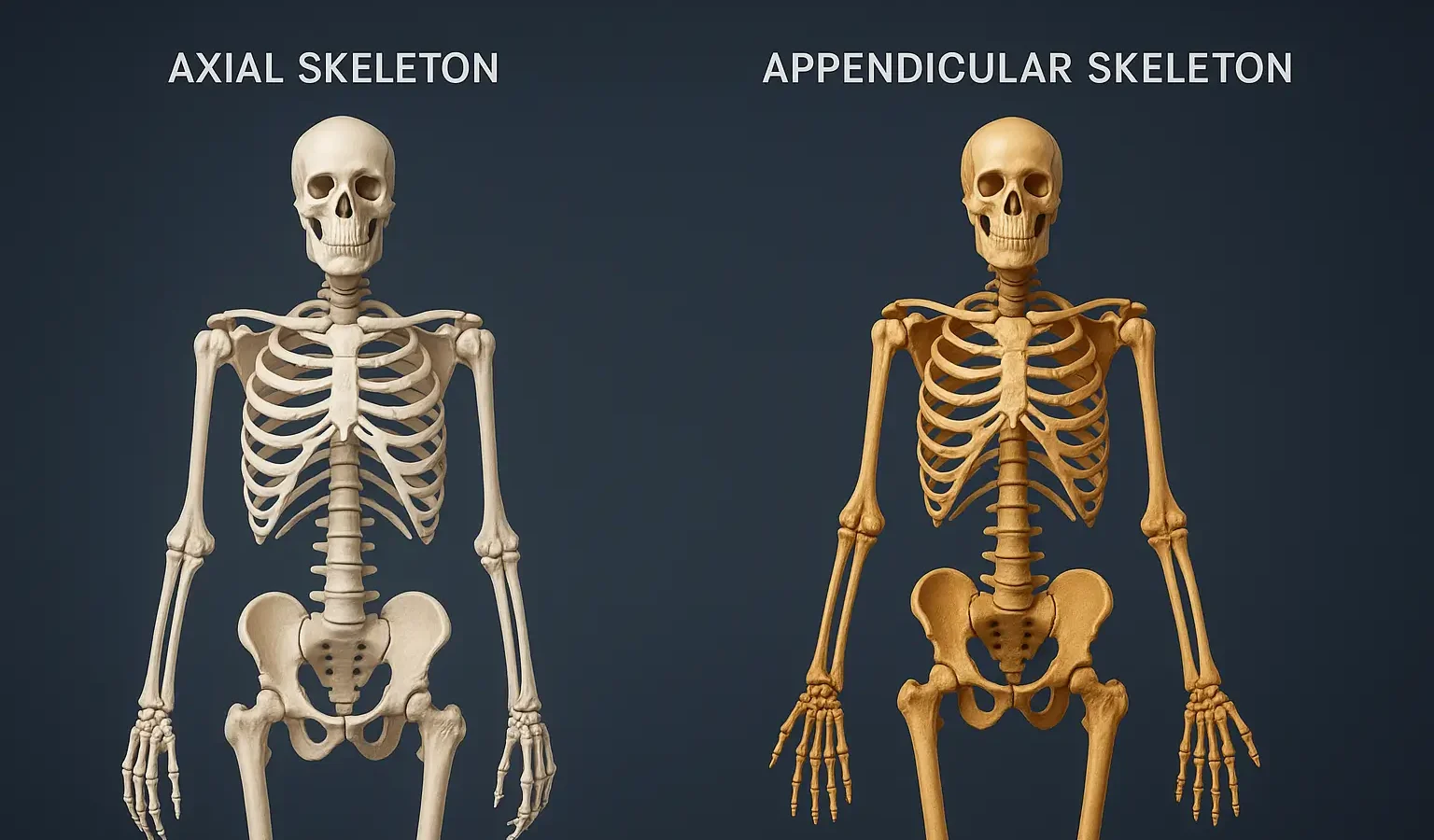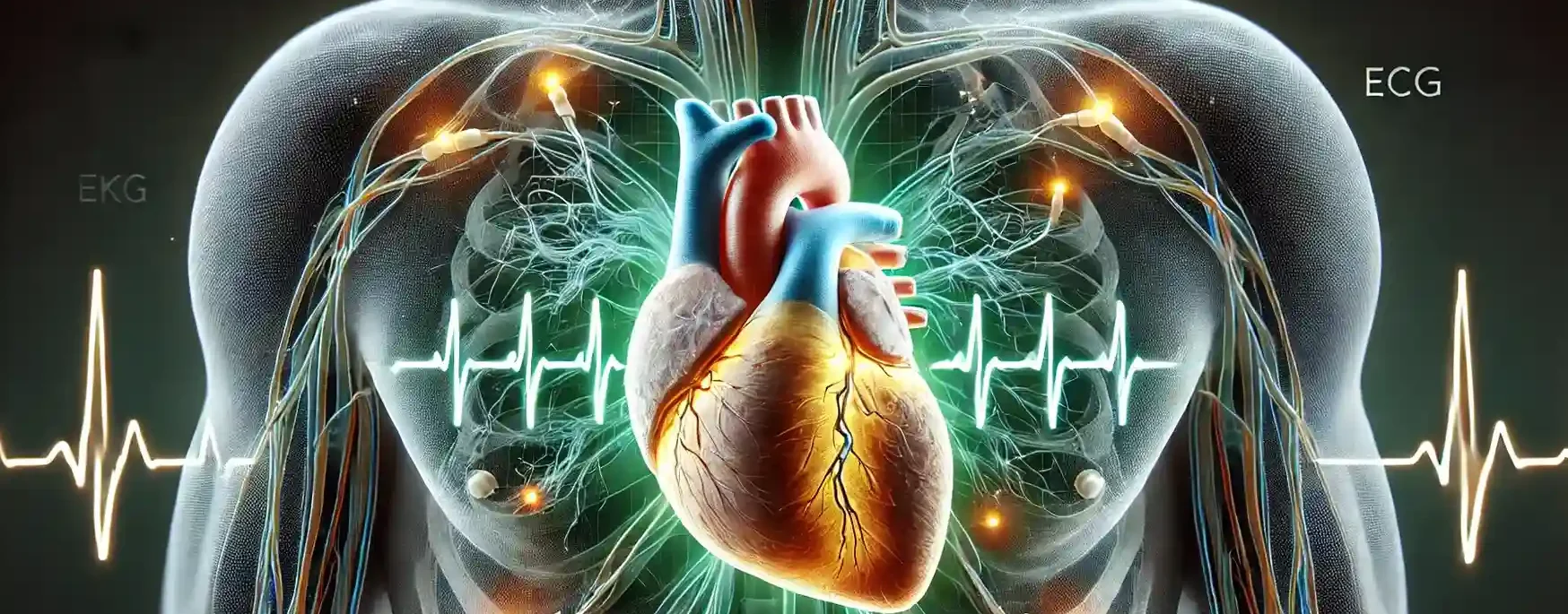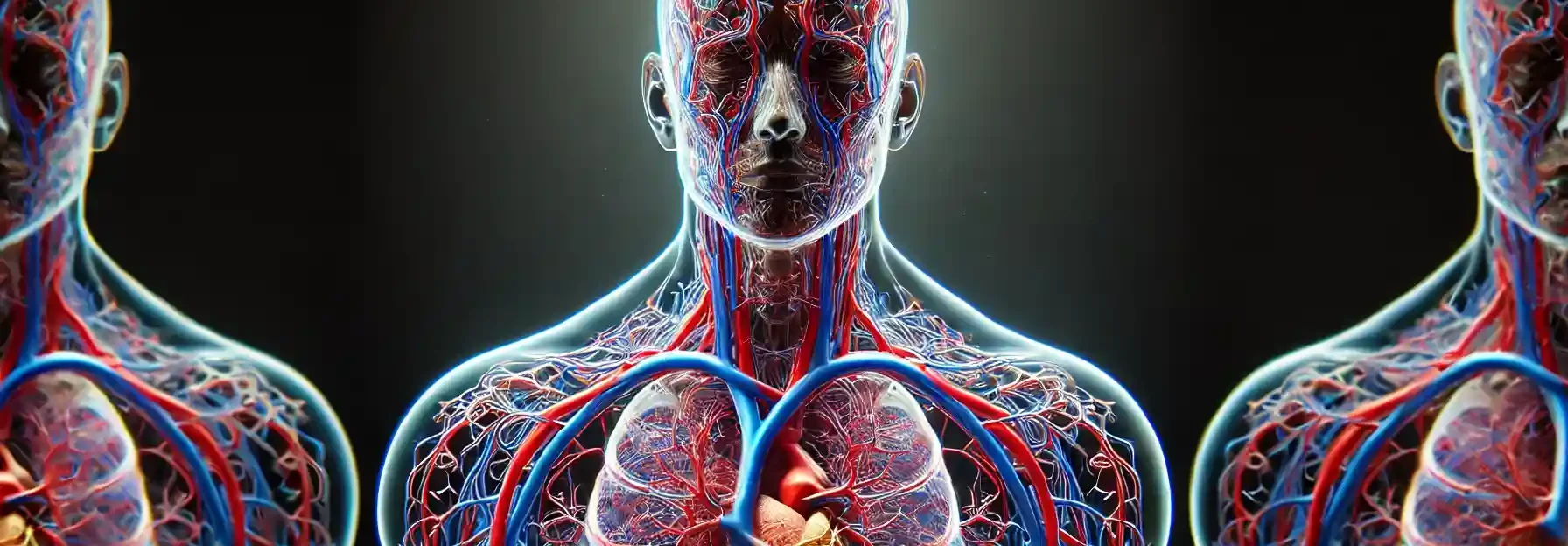Division of skeletal system
The Division of skeletal system is divided into two main divisions: the axial skeleton and the appendicular skeleton. The axial skeleton forms the central axis of the body, while the appendicular skeleton consists of the limbs and girdles. Here is the Classification and Division of skeletal system, including the names of all bones: A) Axial … Read more










